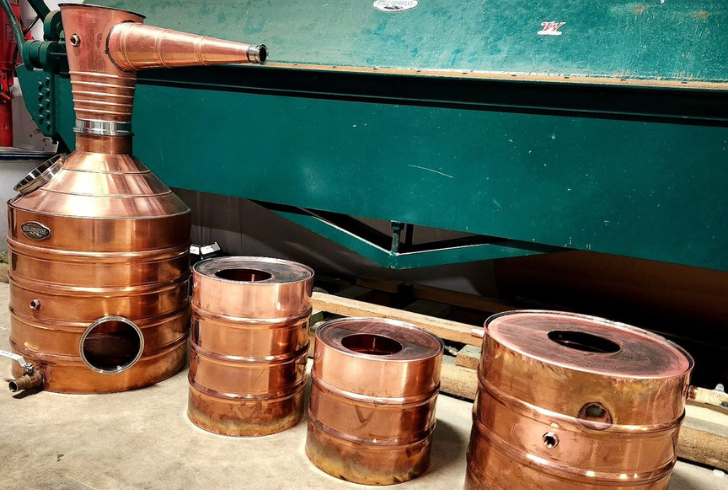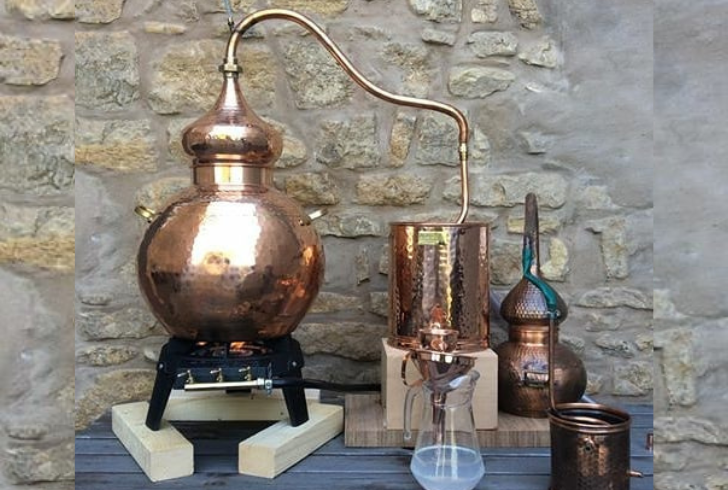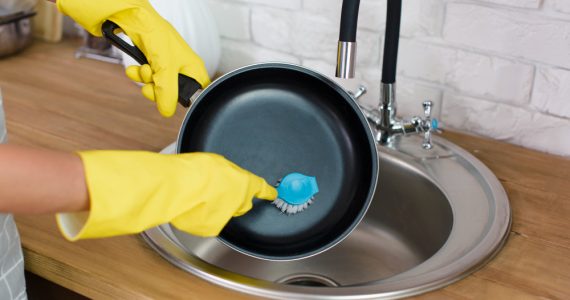Moonshine, that potent and clear spirit, has fascinated many for decades. Whether you’re intrigued by its storied history or simply curious about the process, understanding how to make moonshine involves more than just following a recipe.
This guide will walk you through the essentials of moonshine production, from basic ingredients to the intricacies of distillation. Let’s dive into this compelling journey!
What Is Moonshine?
Moonshine is essentially a high-proof alcohol made from various grains, most commonly corn. It’s known for its purity and distinctive clarity because it isn’t aged in barrels like traditional whiskey. The term “moonshine” originates from the Prohibition era in the United States, when alcohol production was illegal. To avoid detection, distillers operated under the cover of darkness, hence the name.
Is Making Moonshine Illegal?
In the United States, producing moonshine at home is illegal, regardless of whether it is sold or consumed privately. The law prohibits distillation without proper licensing, making it crucial to understand these regulations if you’re curious about the process.
Essential Equipment for Making Moonshine

If you’re seriously considering distilling, knowing what equipment you need is vital. Modern setups are far safer and more efficient compared to the makeshift apparatus used by early moonshiners.
Key Equipment Includes:
Mash Equipment:
- Brewing System – Essential for cooking grains and converting starches into sugars.
- Mash Paddle – Used for stirring and preventing clumps.
- Brewing Hydrometer – Measures sugar levels and alcohol content.
Fermentation Equipment:
- Fermentation Bucket – A container with a tight seal for fermentation.
- Bucket Opener – Useful for easy access to fermentation buckets.
Distillation Equipment:
- Distiller – A high-quality still made from copper or stainless steel.
- Heat Source – An electric controller for precise heating.
- Distilling Hydrometer –Measures the alcohol proof of the liquid.
Popular Moonshine Recipes
Creating moonshine involves more than just having the right equipment; the recipes you use will significantly affect the final product. Here are a few tried-and-true recipes:
1. Traditional All-Grain Moonshine
This classic recipe highlights the fundamental aspects of moonshine production with a corn base, supplemented by malted barley and rye. It produces a sweet, full-bodied flavor with a smooth finish.
Ingredients:
- 6.75 gallons of water
- 9 lbs. flaked maize (corn)
- 2 lbs. malted and crushed barley
- Yeast (distillers or bread yeast)
- Granulated sugar (optional)
Procedure:
- Heat water to 165°F.
- Add corn and cook for 20 minutes.
- Reduce temperature to 148°F, stir in barley, and let sit for 60 minutes.
- Strain out the grains and pasteurize if desired.
- Cool to 75°F and transfer to fermentation bucket.
2. Thin Mash Recipe
This variation combines grain with granulated sugar to achieve a higher alcohol content. It’s ideal when working with corn, which can be challenging to mash efficiently.
Procedure:
- Follow steps 1-6 from the All-Grain Recipe.
- Add granulated sugar to increase the starting alcohol content.
Added Sugar vs. Potential Alcohol:
- 1 lb. sugar can boost alcohol content by 5.9% in a 1-gallon mash.
- 8 lbs. sugar can raise the content to 9.5% in a 5-gallon mash.
3. Honeyshine
For a unique twist, try Honeyshine, which uses honey instead of granulated sugar. This recipe is perfect for those interested in creating a mead-like moonshine.
Ingredients:
- 1 gallon of wildflower honey
- 5 gallons of water
- Yeast and yeast nutrient
Procedure:
- Heat 2.5 gallons of water to 160°F, dissolve honey, then add the rest of the water.
- Cool, aerate, add yeast and nutrients, and ferment.
How to Distill Moonshine

Distillation is the process of separating alcohol from water through heating. Here’s a basic overview of how it works:
- Filling the Still – Ensure the wash (fermented mash) covers the heating element.
- Stripping Run – This initial distillation step concentrates alcohol slightly.
- Spirit Run – The final distillation run refines the alcohol, producing the high-proof spirit.
- Making Distillation Cuts – Separate the distillate into different parts—foreshots, heads, hearts, and tails—to ensure the best flavor and safety.
Distillation Safety Tips:
- Always cover the heating element with liquid.
- Secure hoses and check for leaks.
- Ventilate the area well.
- Collect distillate in a sturdy container away from heat.
Learning how to make moonshine can be an intriguing exploration into a classic craft. While the process might seem daunting, breaking it down into manageable steps and using the right equipment makes it accessible.
Remember, though, that distilling without proper permits is illegal, so always be sure to follow the law and prioritize safety. Enjoy the journey of discovery, and if you choose to experiment, do so responsibly and legally.




